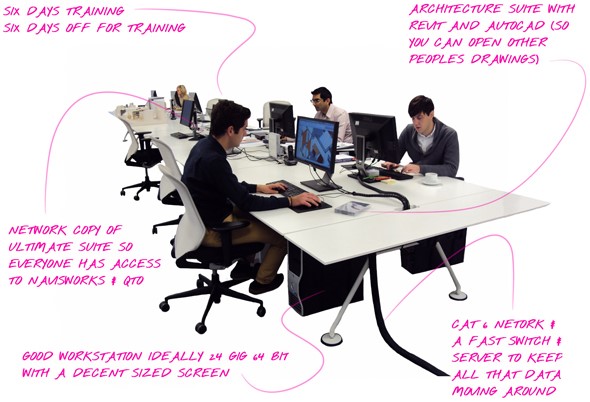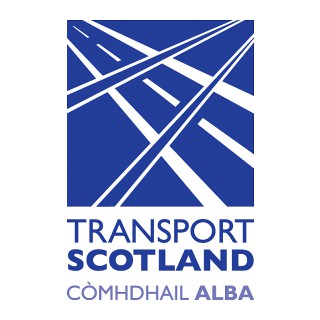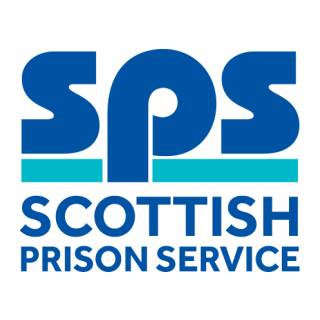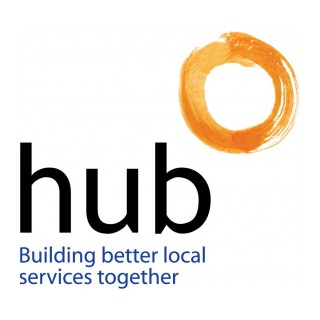The employer’s technology strategy for BIM should ideally be formulated at an organisational level as opposed to ad-hoc, project by project basis. This will in the long run be more economic, repeatable and will allow more use cases for BIM related work-flows to be unlocked, it will also avoid the need for staff to be trained in the use of multiple proprietary systems.
In most cases the technology required for BIM authoring, simulation, co-ordination and analysis of models etc. will be undertaken by the suppliers especially the tier 1 designers and main-contractor. The primary functional software needs for the employer will generally be allied to:
- Viewing models
- Reviewing and commenting on models
- Information Management – both during capital and operational delivery
The employer should focus on the stage deliverables and outcomes from BIM as opposed to prescribing proprietary BIM tools other than the common data environment (CDE) leaving the selection of software, technical complexity and innovation to the supply chain who are best placed to make these choices. It should be noted that most CDE solutions now include BIM viewing platforms and a means of data validation thus saving the employer from having to install model viewing packages (note: most viewing packages are free of charge – a sample list of which can be found at within the resource section of this website).
The Scottish Future Trust encourage the use of OPEN BIM data exchanges such as IFC and COBie which are technology agnostic. OPEN BIM is an initiative of several leading software vendors using the open buildingSMART Data Model a transparent, open workflow, allowing project members to participate regardless of the software tools they use.
It is suggested that the employer undertakes a discovery workshop to determine their likely BIM use cases, what they intend to do themselves and what they wish the supply-chain to do. A functional specification should then be developed to support any technology procurement process.
The EIR should under the “Technical” section establish the client’s required software platforms. This same section should also set out the associated data exchange formats to ensure they can be read by the employers own technology such as their Computer Aided Facilities Management (CFAM) systems.
Appropriate thought should also be given to configuration, creation of digital workflows and training to support the technology solution. In addition to the software, equal consideration should be given to hardware (especially graphic card specification) and infrastructure requirements and any need to upgrade.
Many software platforms are now cloud based therefore bandwidth performance is a key consideration.
It is important that interoperability is considered that will allow data to flow across the organisations asset lifecycle and link with other key systems such as GIS and Cost Management. A schema should be developed to determine this flow and the appropriate exchange mechanisms to facilitate.
Once a strategy is in place an investment in change report should be prepared to demonstrate the investment case for BIM within the organisation as illustrated in the diagram from David Miller Architects below.







